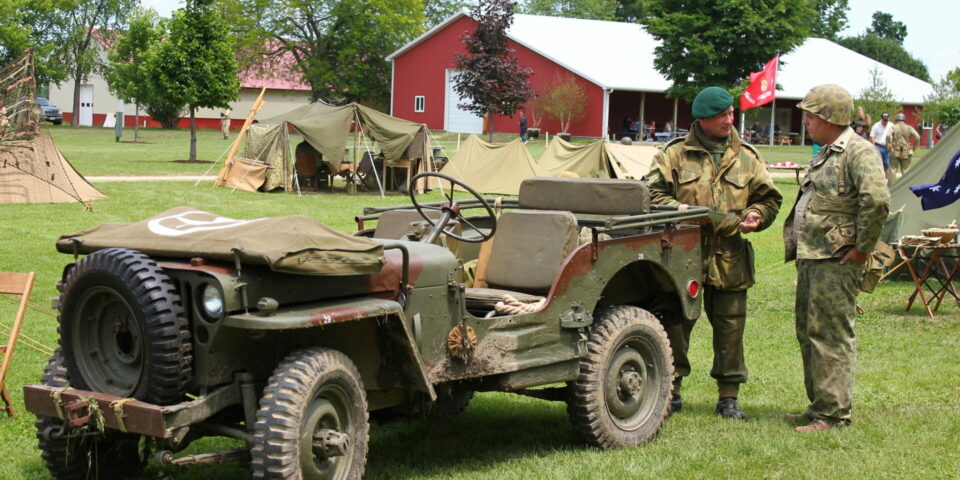Normandy, a region in northern France, is rich in World War II history, offering several poignant and historically significant sites. Key places to visit include the D-Day landing beaches such as Omaha, Utah, Gold, Juno, and Sword, where the Allied forces launched their pivotal invasion on June 6, 1944. The Normandy American Cemetery and Memorial near Omaha Beach honors fallen American soldiers, while the Pegasus Bridge Museum commemorates the British airborne forces’ efforts. The town of Sainte-Mère-Église, one of the first liberated on D-Day, features the Airborne Museum, highlighting the role of paratroopers. The Caen Memorial Museum provides a comprehensive overview of the war, including the lead-up to D-Day and its aftermath. These sites collectively offer a profound understanding of the monumental events that took place in Normandy during World War

